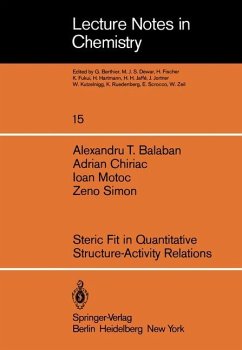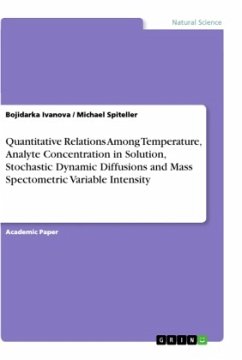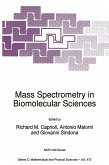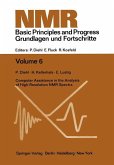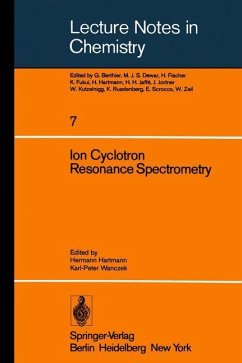Although the importance of steric fit for receptor-effector 1 interactions was recognized since Emil Fischer proposed his "lock and key" theory, the whole area of steric properties is still in a very 2-4 early stage of development. We have a fairly good idea about el- tronic and hydrophobic parameters, but it is not easy to describe ste ric shapes of molecules without a large number of data. There are se veral cases of good QSAR's developed for rather large series of mole- 5 cules without steric parameters - for example see papers by Hansch , 6 or Franke , but the state of steric parameters is nevertheless one of the most important drawbacks, especially concerning the ability of en compassing, within a single QSAR, molecules of different shapes and stereoisomers. From today's steric parameters, one may mention the 7 Taft parameters E ' which gave good results in organic chemistry, the S 8 10 ra th er cum b ersome way 0 f measurIng · s h ape d'ff I ere h ces 0 f Amoore - and , 11 12 AllInger ,and the L, B -B parameters of Verloop 1 4 The work described here consists of two types of approaches to the steric fit problem. The first approach consists of developing new parameters to describe different characteristics of the molecular shape (i. e. , branching, bulkiness); this is done by means of topological in dices.
Hinweis: Dieser Artikel kann nur an eine deutsche Lieferadresse ausgeliefert werden.
Hinweis: Dieser Artikel kann nur an eine deutsche Lieferadresse ausgeliefert werden.

